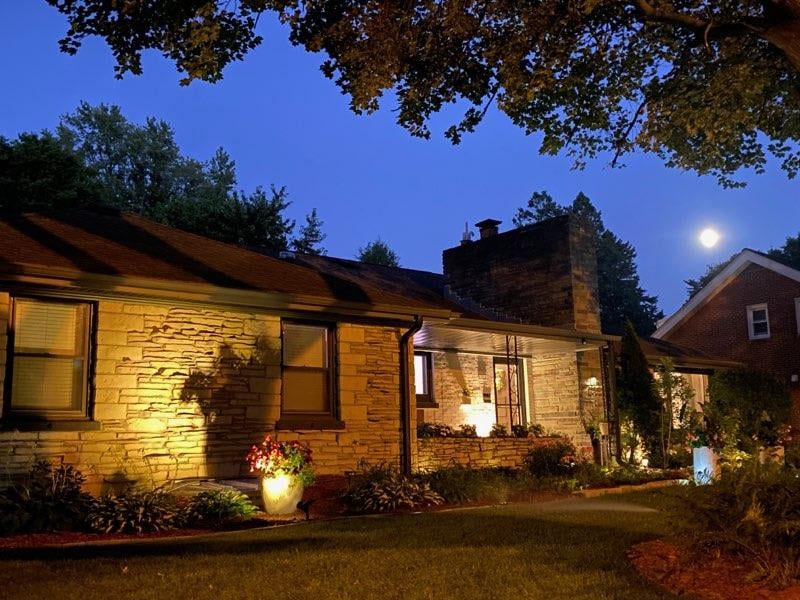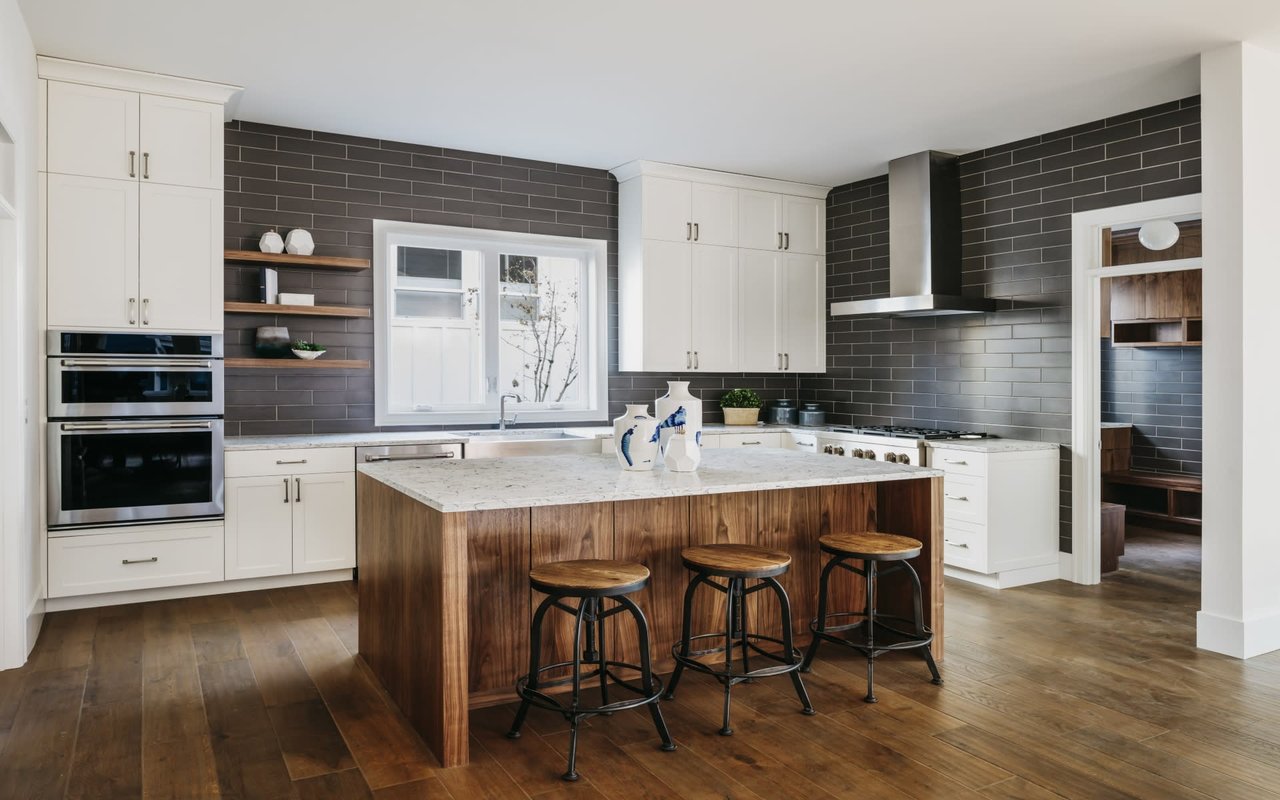The Investment Return of Home Staging
Find a Real Estate Agent
The allure of staged homes is not just aesthetic; it’s financial. Investing as little as 1% of your home’s value in staging could reap a return of 5% to 15%, demonstrating the potency of this marketing tool. Occupied home staging can offer a good return on investment by reducing upfront costs.
With staged homes fetching an average of 15% more than their non-staged counterparts, it’s evident that the initial outlay can significantly raise the final sale price, although the ROI isn’t guaranteed for every seller.
Speed of Sale and Staged Homes
Beyond the increased sale price, staged homes boast another remarkable benefit: they tend to sell faster than non-staged homes. Statistics reveal that staged homes sell 87% faster, underscoring the effectiveness of staging in reducing time on the market. The National Association of Realtors echoes this sentiment, noting that staged homes sell about 73% faster than their non-staged counterparts—a clear indicator of the power of staging to accelerate sales. Additionally, occupied home staging can also help homes sell faster by creating a lived-in feel.
Comparing Sale Prices: Staged vs. Non-Staged
The financial upside of home staging becomes even more pronounced when comparing staged homes to non-staged ones. Staged properties can command up to 20% more than similar homes without staging, underscoring the importance of weighing the cost of professional staging against the potential return on investment.
Occupied home staging can help achieve higher sale prices by showcasing the home's potential.
Real Estate Agent and Home Staging Dynamics
The dance between real estate agents and home staging costs is a delicate one, with both parties seeking to optimize the sale outcome. While sellers are typically expected to cover staging costs, innovative agents might absorb these expenses in exchange for a higher commission rate or as part of a comprehensive service package. But the dynamics of who pays can be complex, varying by market conditions, regional practices, and the negotiation prowess of those involved. Occupied home staging can be a cost-effective option for agents and sellers.
Who Foots the Bill?
Usually, it’s the sellers who bear the brunt of staging costs, but this isn’t set in stone. In certain cases, particularly with high-value properties or in sluggish markets, agents may opt to share the staging expenses, considering it an investment in the property’s marketability. Occupied home staging can also reduce the financial burden on sellers.
Some real estate professionals go a step further, offering to cover staging costs outright as a value-added service to enhance the home’s appeal and gain a competitive edge.
Negotiating Staging Fees with Agents
Agents who are savvy about their commission earnings can navigate home staging costs deftly, incorporating them into their commission decisions. To protect their bottom line, they might establish a cap on their financial contribution to staging, ensuring any expenses beyond that are shouldered by the sellers. Such arrangements should always be formalized in writing to avoid misunderstandings and ensure transparency.
Occupied home staging can also be a negotiating point to reduce overall staging fees.



